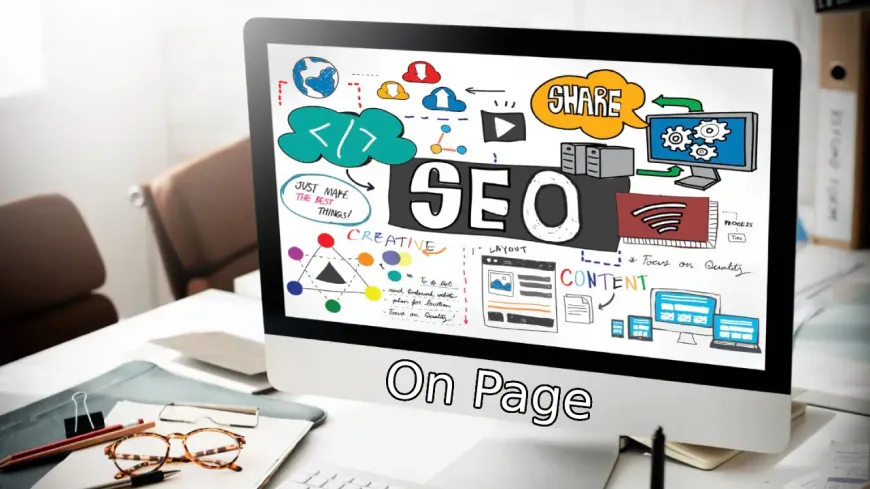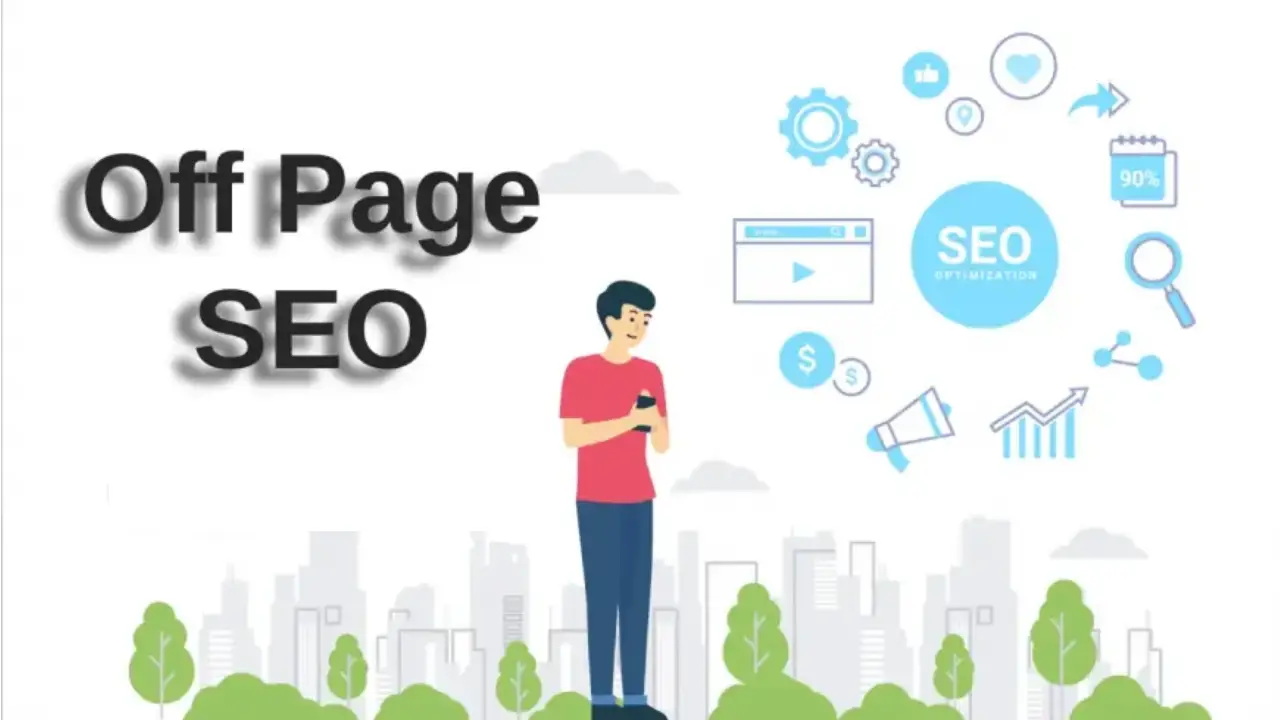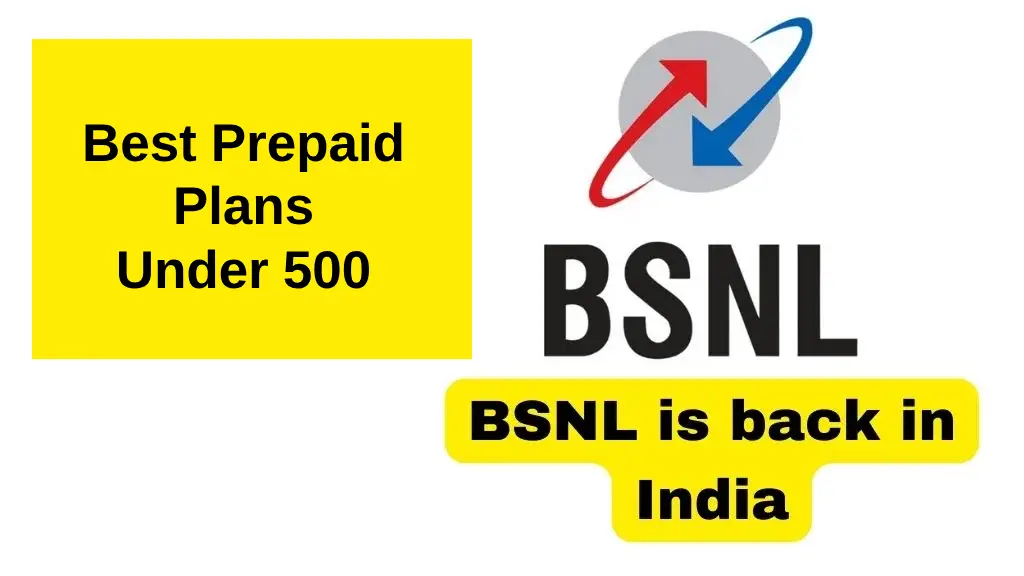What is On Page SEO – Search Engine Optimization is a strong element of a business’s digital marketing strategy and can be divided into on-page SEO and off-page SEO. Off-page SEO deals with social signals and backlinks while on-page SEO deals with practices performed on your website. This article addresses on-page SEO, its importance, and what key steps you can take to optimize your website in terms of visibility and performance.
Table of Contents
What is On Page SEO
On page SEO, or on site SEO, is the practice of optimizing a website’s web pages to increase the ranking position and the amount of relevant traffic. On-page SEO takes into consideration both the content on the web page and the HTML source code of the page. Completed with good user experience, on-page SEO practices will improve the ranking of your website in search engines like Google, Bing, or Yahoo.
On page SEO includes optimizing elements such as:
- Content quality and relevance
- Meta tags (title tags, meta descriptions, etc.)
- Headings (H1, H2, H3, etc.)
- URL structure
- Internal linking
- Image optimization
- Page speed
- Mobile-friendliness
- Structured data markup
Concentrating on these components will help improve meanings, and in which your content is placed, consequently helping search engines improve accuracy while carrying out relevant queries.
Why is On Page SEO Important?
On page SEO is critical for the reason that it relates to the way your website is crawled, indexed, and ranked by the search engine. Here are some factors why on-page SEO matters:
- Without Constraining Competitive Landscape: Pages that are optimized properly stand a better chance to rank increasing in Search Engine Result pages leading to higher organic traffic.
- With Better User Experience Offer Quality: On-page SEO helps in providing a website that is easy to navigate, loads faster, as well as contains the necessary content resulting in overall satisfaction from users.
- In Their Relevance on Target Keywords: Letting search engines what is contained in your page optimizes your content and other meta tags, and makes the page more relevant for certain queries.
- Boosted Conversions: Not only do optimized pages attract people, they also motivate visitors to perform the targeted action on the site, be it buying something or filling out forms.
On Page SEO Strategies
When using on-page SEO strategies it is recommended to use a mix for best results. The following are the best methods to optimize your website:
Research and Optimize Keywords
Keyword Research: Use Google Keyword Planner, Ahrefs, or SEMrush and identify keywords with high search volumes but low competition.
Keyword Placement: After identifying your target keywords, put them in appropriate areas of your content like:
- Title tags
- Meta descriptions
- Headings ( H1, H2, H3 )
- URL
- The first hundred words of your content
- Image alt text
Do Not Overuse Keywords: Stuffing keywords is unhealthy for your content and can get you penalized by search engines. Aim to integrate keywords more naturally.
Adjust Title Tags
Your web page topic is communicated to users and search engines by title tags, therefore it is one of the on-page SEO components according to your webpage.
Best Practices:
- Always include a primary keyword
- Tell a captivating and concise summary that encourages viewers to click.
- Do not exceed 60 characters else SERPs will cut your title.
Write Convincing Meta Descriptions
Click-through rates can be affected by the summary provided for the webpage content, which means includes meta descriptions.
Best Practices:
- Have a summary that is not greater than 160 characters.
- Include a clear and simple call to action (CTA) targeted towards your keyword.
Avoiding Overuse of Tags (H1, H2, H3, etc.)
The correct usage of header tags enhances the structuring of your information as well as its comprehensibility for different engines.
Best Practices:
- There should only be one H1 tag on the Restriction page (the primary title).
- Sub-headings should always carry the H2 tag and unless further sub-sections are required, the H3 tag should not be used.
- If possible, include words that are maximally relevant to the theme in your headings.
Structuring Optimization
The URL’s described area is an uncluttered one remaining to improve a website’s ranking as well as its overall usability.
Best Practices:
- Separate varied terms with hyphens (ex: example.com/on-page-seo-strategies).
- URLs should also be descriptive for the elementary search term connected to the website.
Establishing Content Imitation
High standards content keeps increasing your website’s score. The flexibility of more ratings comes with an attentive strive towards captivating and relevant content.
Best Practices:
- Write with your target audience in mind than just concentrating more on search engines.
- Use images and infographics alongside the text for a smoother read.
- Provide meaningful content and change it often to give it more relevance.
Enhancing Image Quality
Images through optimization render tremendous user experience.
Best Practices:
- Describe all new images (Image through – on-page-seo-strategies.jpg).
- For targeting those lacking the condition to view the photographs as well as the service, write a description text presenting the image so that the search engines.
- To enhance the speed of your webpage, compress images.
Enhance Your Page Speed
Your page speed is important for SEO since it affects user experience and will determine how well your site ranks.
Best Practices:
- Check Google Page Speed Insights for any problems.
- Enable browser caching and compress images.
- Minify CSS, JavaScript, and HTML.
- Use a Content Delivery Network to lessen load times.
Optimize for Mobile
You should have a mobile-optimized site because the majority of web traffic comes from mobile users.
Best Practices:
- Implement a responsive design that allows your site to scale to various screen sizes.
- Run Google’s Mobile-Friendly Test for evaluation.
Internal Links
Website internal links assist search engines in distributing the link juice throughout your site while showcasing its layout.
Best Practices:
- Link to pertinent pages in your website.
- Make sure your anchor text is relevant.
- Refrain from stuffing pages with excessive internal links.
Use of Structured Data Markup
Search engines will use structured data (schema markup) to understand your content and as a result, provide rich snippets in search results.
Best Practices:
- Mark up your content using schema.org vocabulary.
- Add structured data to reviews, recipes, events, etc.
User Experience (UX) Optimization
To put it simply, providing a good user experience rewards you with more satisfied users who are likely to return to your site and engage with your content. This lowers your bounce rate and indirectly improves your SEO.
Best Practices:
- Maintain your website’s usability.
- Have clear CTA buttons.
- Break up your text into bullet points and short paragraphs for easier comprehension.
Performance Monitoring and Analysis
Put effort into tracking your SEO on the webpage since there are areas that you can improve.
Best Practices:
- Have tracking software such as Google Analytics or Google Search Console.
- Keep track of organic traffic, bounce rate, and ranking of the designated keywords.
- Have A/B tests for modifying the CTA buttons and meta description tags.
Familiar On Page SEO Errors to Bypass
When carrying out on page SEO strategies, these certain practices would be unwise due to the harmful consequences they impose on your ranking:
Duplicate Content: Make sure that no two pages have the same content within them as penalties will be imposed.
Ignoring Mobile Optimization: Poor optimization for mobile will undoubtedly hurt your ranking as well as the experience of the user.
Overloading Pages with Keywords: You will face the consequences of not being able to be seen by search engines due to keyword stuffing.
Neglecting Meta Tags: Your click-through rates will suffer greatly without your meta tags being present or the poorly written versions of them.
Slow Page Speed: If your page takes longer to load, your rankings will be affected negatively due to higher bounce rates.
On page SEO for Beginners
Regarding the optimization of your engine and website, on-page SEO remains one of the most important parts to focus on. Following the recommendations provided above can enhance your website’s exposure, increase organic traffic, and improve user experience effectively. Pay attention to the fact that SEO is a never-ending task, therefore be sure to evaluate and change your performance constantly. Through dedication and precision, success can be achieved over time in the strenuous field of search engine ranking.
How to Create Ecommerce Website What is Technical SEO? Technical SEO Strategies What is Off Page SEO? Off Page SEO Strategies How to install OVI Control Panel Best Cache Plugins for WordPress Website






